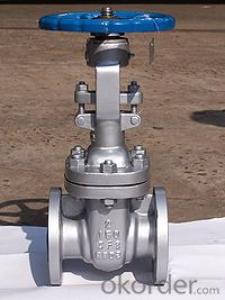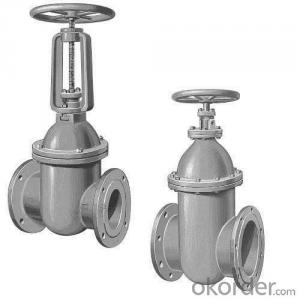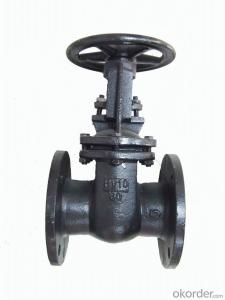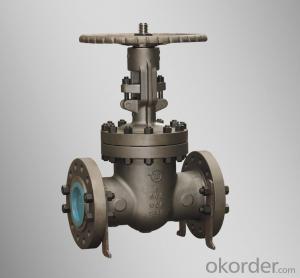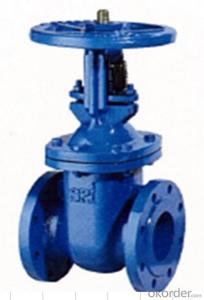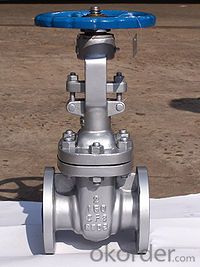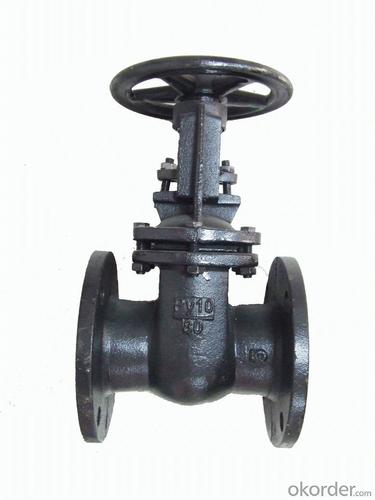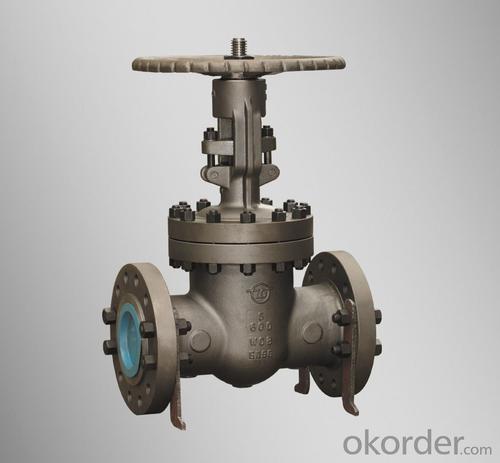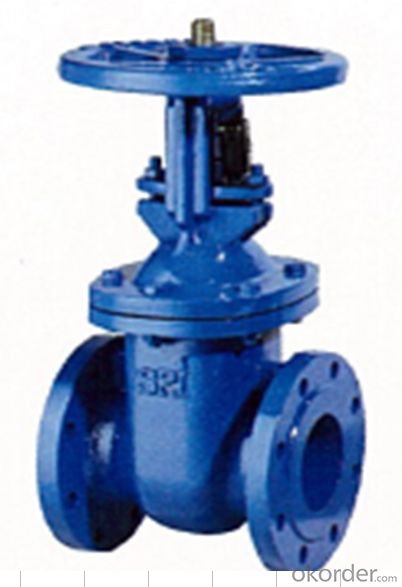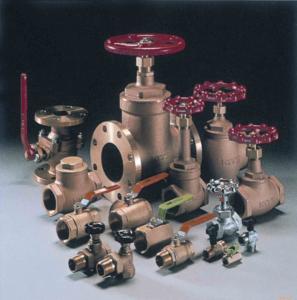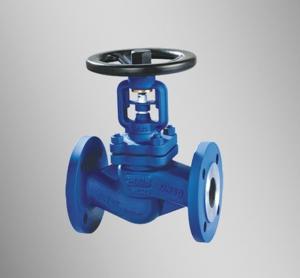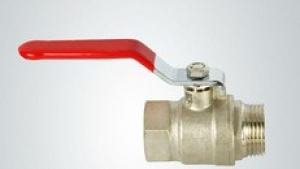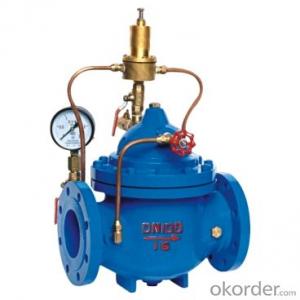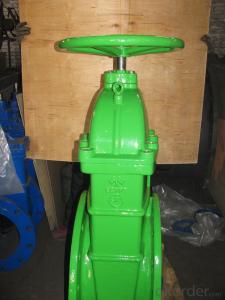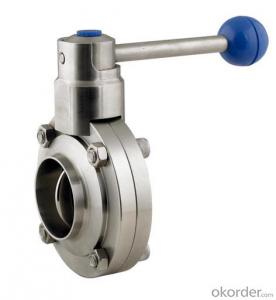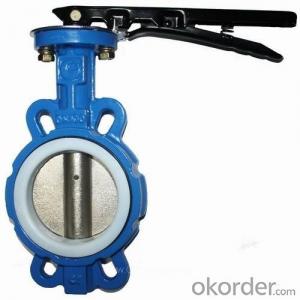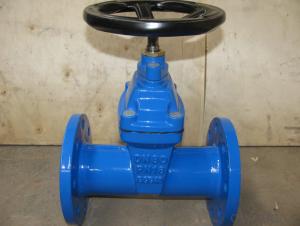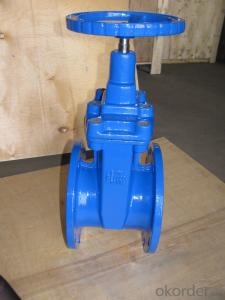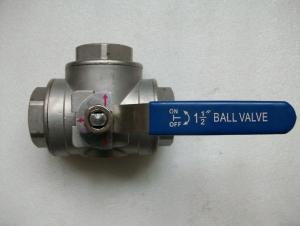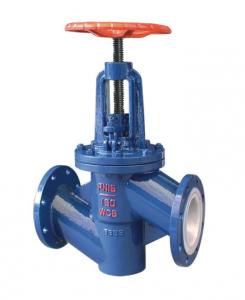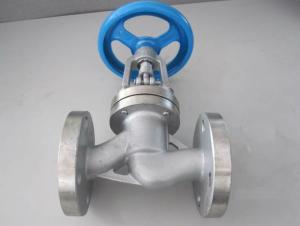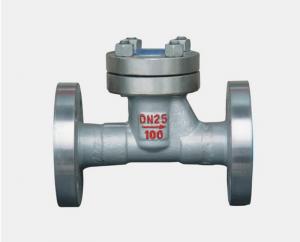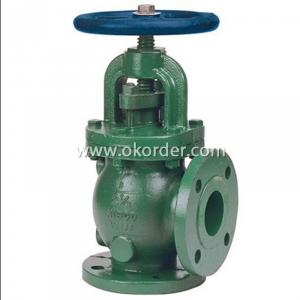Valve with Competitive Price from Valve Manufacturer on Sale
- Loading Port:
- Tianjin
- Payment Terms:
- TT OR LC
- Min Order Qty:
- 100 pc
- Supply Capability:
- 10000 pc/month
OKorder Service Pledge
OKorder Financial Service
You Might Also Like
1.Structure of Gate Valve Description:
A gate valve, also known as a sluice valve, is a valve that opens by lifting a round or rectangular gate/wedge out of the path of the fluid. The distinct feature of a gate valve is the sealing surfaces between the gate and seats are planar, so gate valves are often used when a straight-line flow of fluid and minimum restriction is desired. The gate faces can form a wedge shape or they can be parallel. Gate valves are primarily used to permit or prevent the flow of liquids, but typical gate valves shouldn't be used for regulating flow, unless they are specifically designed for that purpose. Because of their ability to cut through liquids, gate valves are often used in the petroleum industry. For extremely thick fluids, a specialty valve often known as a knife valve is used to cut through the liquid. On opening the gate valve, the flow path is enlarged in a highly nonlinear manner with respect to percent of opening. This means that flow rate does not change evenly with stem travel. Also, a partially open gate disk tends to vibrate from the fluid flow. Most of the flow change occurs near shutoff with a relatively high fluid velocity causing disk and seat wear and eventual leakage if used to regulate flow. Typical gate valves are designed to be fully opened or closed.When fully open, the typical gate valve has no obstruction in the flow path, resulting in very low friction loss.
2. Main Features of the Gate Valve:
• Valve body cavity using non-toxic epoxy resin,both inside and outside flashboard completely is coated with rubber
• Free of water pollution
• High manufacturing accuracy
• High strength
• Environmental protection and energy saving
• Good visual effect
3. Images
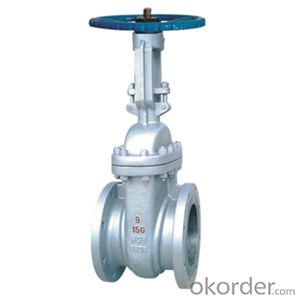
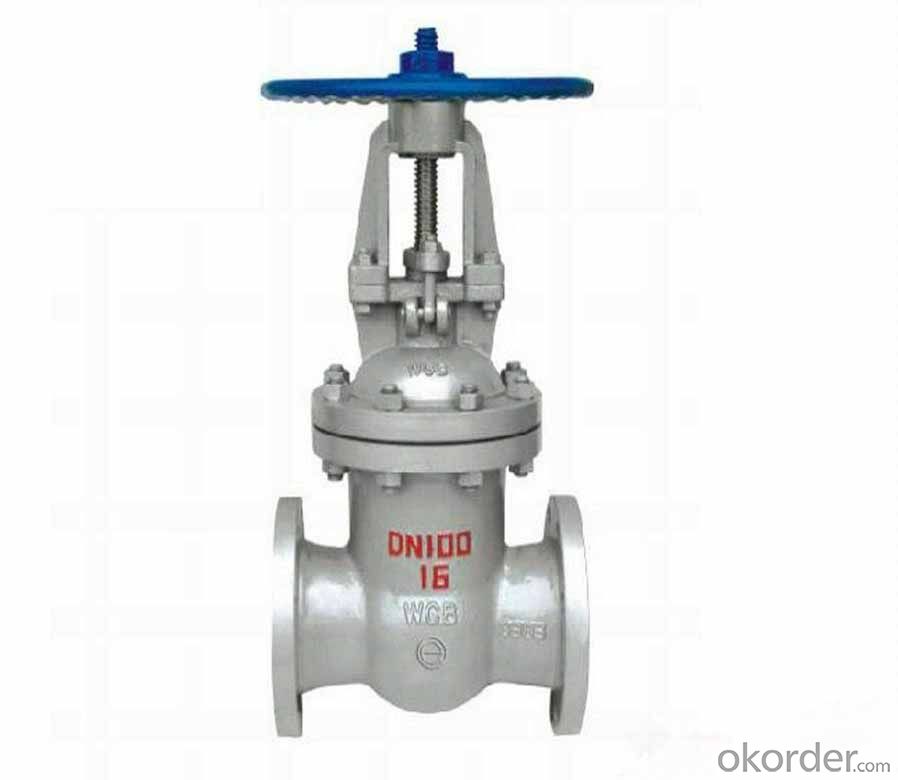
4. Gate valve Specification
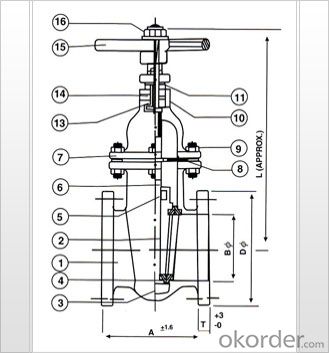
5.FAQ
1. What's are the characteristics of gate valve?
The distinct feature of a gate valve is the sealing surfaces between the gate and seats are planar, so gate valves are often used when a straight-line flow of fluid and minimum restriction is desired. The gate faces can form a wedge shape or they can be parallel.
2. What is the work principle of gate valve ?
The gate faces can form a wedge shape or they can be parallel. Gate valves are primarily used to permit or prevent the flow of liquids, but typical gate valves shouldn't be used for regulating flow, unless they are specifically designed for that purpose. Because of their ability to cut through liquids, gate valves are often used in the petroleum industry.
3. What is the structure?
Bonnets provide leakproof closure for the valve body. Gate valves may have a screw-in, union, or bolted bonnet. Screw-in bonnet is the simplest, offering a durable, pressure-tight seal. Union bonnet is suitable for applications requiring frequent inspection and cleaning. It also gives the body added strength. Bolted bonnet is used for larger valves and higher pressure applications.
- Q: How to suppress the valve?
- How does the valve press the pressure test pump?. How much pressure do you need to use the pressure pump for the corresponding specifications?. There is a specially suppressed machine pressure test pump. How much pressure do you need to use the pressure pump for the corresponding specifications?
- Q: Can other valves be used instead of 10?
- An elbow, an outer wire, screw down the joint of the hose, the elbow is joined together.
- Q: What does the 4 point valve mean?
- The caliber is DN15's valve. What valves do you need?
- Q: How do you calculate the valve wall thickness, pressure, and other valve design calculations in a spreadsheet?
- The valve wall thickness is the standard valve check directly in the relevant standard, for insert grade valves need to use interpolation method to calculate the valve wall thickness, actually don't need what difficult to complete in EXCEL software.
- Q: How to check the quality of the valve?
- First of all, to check the appearance of the valve is smooth and smooth. Cast valves without sand holes and obvious flaws. Forged valves check nominal pressure or pound level. Second, check the material of the valve, that is, the material composition, this is very important, the material does not meet the standard on the device will be a big problem. Finally, check that the switch is sensitive and the signs are clear. Test pressure is the last step.
- Q: The valve is rusty and can not be opened. What shall I do?
- Remove the handle and lever the stem rotation with a wrench,
- Q: What does 1/2 mean in valve specification?
- 1/2 is the representative of American Standard size is DN15.
- Q: What are the technical requirements of valves, such as "Z15W-25T"?
- Threaded copper gate valve. Z15W-25T is a valve type, wherein each byte has a specific meaning, see detailed People's Republic of China machinery industry standard JB/T 308 "valve model establishment method", "JB/T" model establishment of power station valveValve is a control component in the fluid delivery system. It has the functions of closing, adjusting, guiding, preventing reverse flow, stabilizing voltage, shunting or overflow and releasing pressure.Model refers to the product performance, specifications, sizes, materials and other indicators of the set of code.
- Q: How to carry out the valve strength test and air tightness test?
- Refer to the GB/T13927 or ISO5208 standards and need to pass it to you
- Q: What's the advantage of using three way valves?
- The principle of three way valve:The most obvious three valves and other valves is the difference in appearance, three way valve has three channels, mainly used to change the medium to flow through valve three, which in addition to import A, B, C and reversing port of export, common valve is not capable of changing the flow direction of medium function. The flow direction of the medium can be determined according to requirements.
Send your message to us
Valve with Competitive Price from Valve Manufacturer on Sale
- Loading Port:
- Tianjin
- Payment Terms:
- TT OR LC
- Min Order Qty:
- 100 pc
- Supply Capability:
- 10000 pc/month
OKorder Service Pledge
OKorder Financial Service
Similar products
Hot products
Hot Searches
